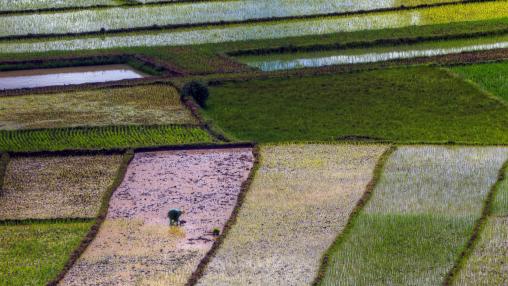
Way Ahead for Agricultural Productivity
Agricultural Productivity in Africa
As a growing population fuels increased demand for food, the pressure on Africa’s agricultural sector also grows. However, agricultural productivity in the region remains low. A new IFPRI book, Agricultural productivity in Africa: Trends, patterns, and determinants, provides an extensive study of the current condition of agricultural productivity in Africa, arguing that the region’s ongoing economic development gives hope for the sustainable expansion of the agricultural sector.
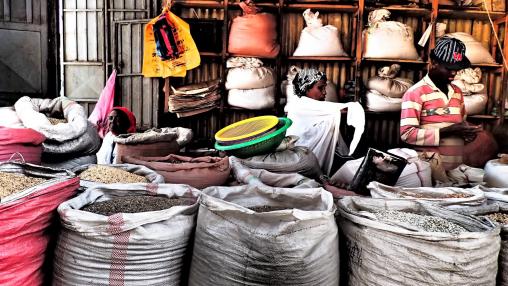
Ethiopia’s Farmers and Urban Growth
Urbanization rates have exploded across Africa over the past 20 years. According to the African Development Bank, between 1982 and 2012, African cities grew at a rate of 3.5 percent per year, and experts only forecast this trend to continue. The World Bank expects the share of Africans living in urban areas to reach 50 percent by 2030.
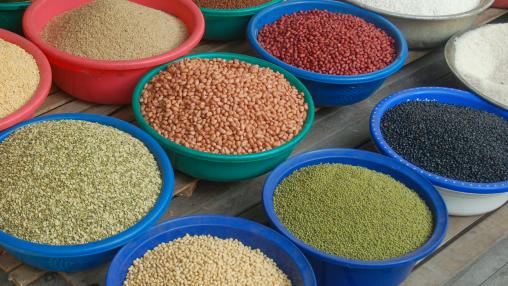
Cautious Optimism for African Agriculture
Cautiously Optimistic Outlook for African Agriculture
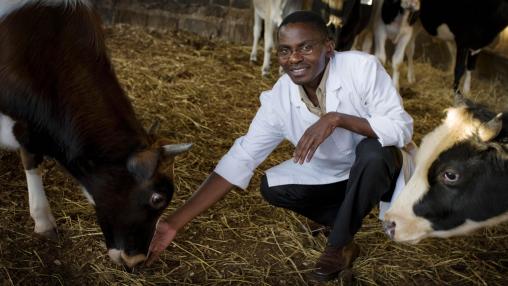
Africa Science Agenda Aims to Make Africa Global Breadbasket
The 7 th Africa Agriculture Science Week (AASW) and Forum for Agricultural Research in Africa (FARA) General Assembly was held from June 13-16 in Kigali, Rwanda. The event, held every three years, brings together key stakeholders in African agricultural science, technology, and innovations to coordinate strategies to accelerate the region’s economic and social development.
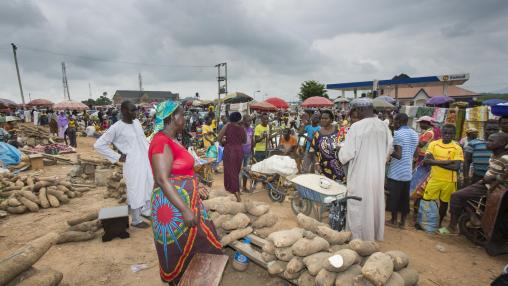
Ethiopia, Nigeria, and Southern Africa Continue to See Reduced Food Supplies and Access
As the lean season nears an end in Southern Africa , maize supplies and prices remain mixed across the region, according to the latest FEWS Net alert. In Zambia and Tanzania, maize supplies have improved slightly due to ongoing harvests; in contrast, southern Mozambique and Zimbabwe are seeing below average maize supplies due to poor 2015-2016 production levels. Maize prices are following a similar trend, with price decreases in Zambia, northern and central Mozambique, and northern Malawi and either stable or abnormally increasing prices in southern Mozambique and Zimbabwe.
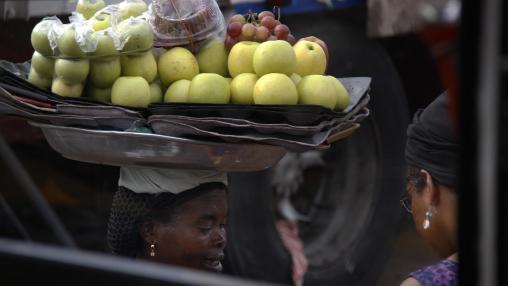
New Country Briefs Provide Food Price, Production Snapshot
FAO’s Global Information and Early Warning Systems (GIEWS) has released several new country briefs for Africa south of the Sahara. This series of briefs provides an overview of the food security situation in monitored countries, focusing on the current agricultural season, harvests prospects for staple food crops and livestock, estimates and forecasts of cereal production, and food price and food policy trends.
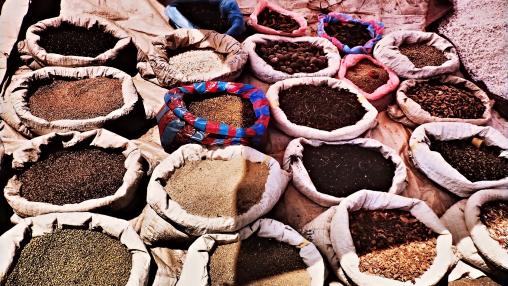
Decade-long Agricultural Growth in Ethiopia Driven Partly by Use of Fertilizers, Improved Seeds
Agricultural growth can stem from a multitude of factors, including increased investment in inputs and rural infrastructure, expanded land dedicated to cropping, a more productive workforce, and favorable prices on local and international markets. Over the past decade, Ethiopia has experienced strong agricultural growth due to a number of these factors, according to a new research note and related working paper from IFPRI’s Ethiopia Strategy Support Program ; however, the country also faces a number of challenges to continued growth in the future.
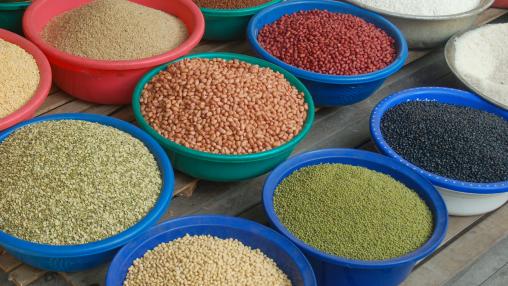
Global Food Policy Report: Making Africa's Food System More Inclusive, Sustainable
IFPRI’s 2016 Global Food Policy Report (GFPR) gives some good news for Africa – poverty and hunger both fell during the period 2003-2014. The share of the region’s population living on less than US$1.25 per day (purchasing power parity) declined from 42.9 percent to 36.9 percent, while the prevalence of malnourishment fell from 22.1 percent to 17 percent. Child stunting also fell from 40.2 percent to 35.9 percent.
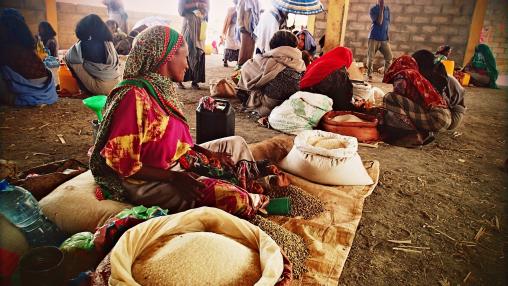
Driving Rice Production in SSA
In 1961, annual milled rice production in Africa south of the Sahara was 2.8 million tons; this number reached an estimated 16.6 million tons in 2011. [1] Despite this increase, however, demand for rice in the region has outpaced local production, leading SSA to import more rice; according to a journal article in Agriculture and Food Security , the share of imports in SSA’s overall rice consumption reached 43 percent in 2009. This trend has caused policymakers and experts throughout the region to attempt to strengthen the domestic rice sector.

Tanzania Policy Dialogue Highlights Importance of Post-Harvest Loss
Tanzania has made progress in reducing food insecurity in recent years; for example, according to the latest IFPRI Global Hunger Index , the percentage of children under five suffering from wasting fell from 7.9 percent in 1988-1992 to 3.8 percent in 2010-2014 and the percentage of children under five suffering from stunting fell from 49.7 percent to 34.7 percent in the same period. However, with 30 percent of the population suffering from some sort of food insecurity, it is clear that greater gains are still needed.